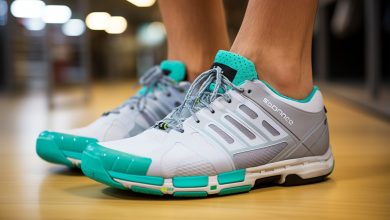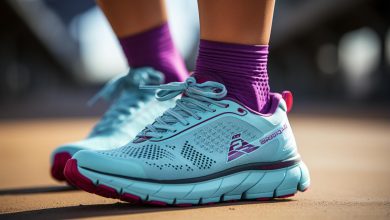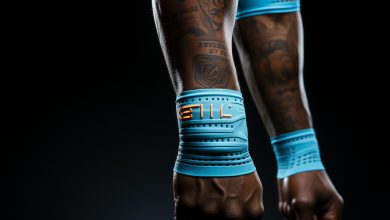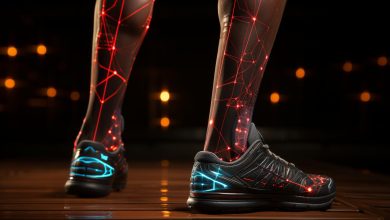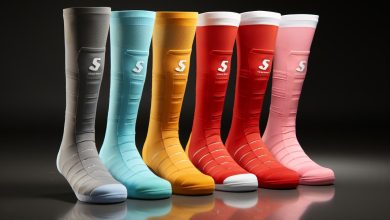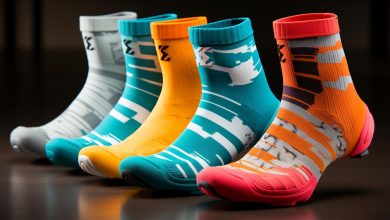Choosing the Right Compression Sleeves for Calf Support
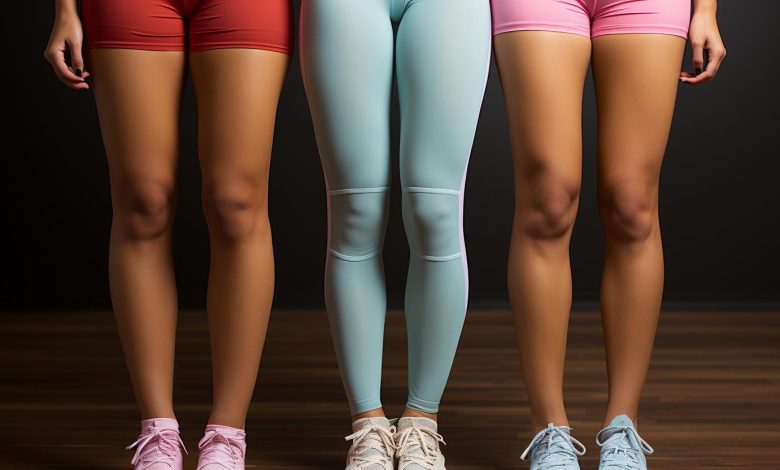
Are you struggling to find the perfect compression sleeves for calf support? Look no further!
In this article, we will guide you through the process of choosing the right sleeves to provide optimal support and comfort. You’ll learn about the different types of compression sleeves available and their benefits.
We’ll also discuss important factors to consider before making a purchase, as well as how to properly measure for the right fit.
Don’t miss out on finding your ideal calf support – keep reading!
Different Types of Compression Sleeves for Calf Support
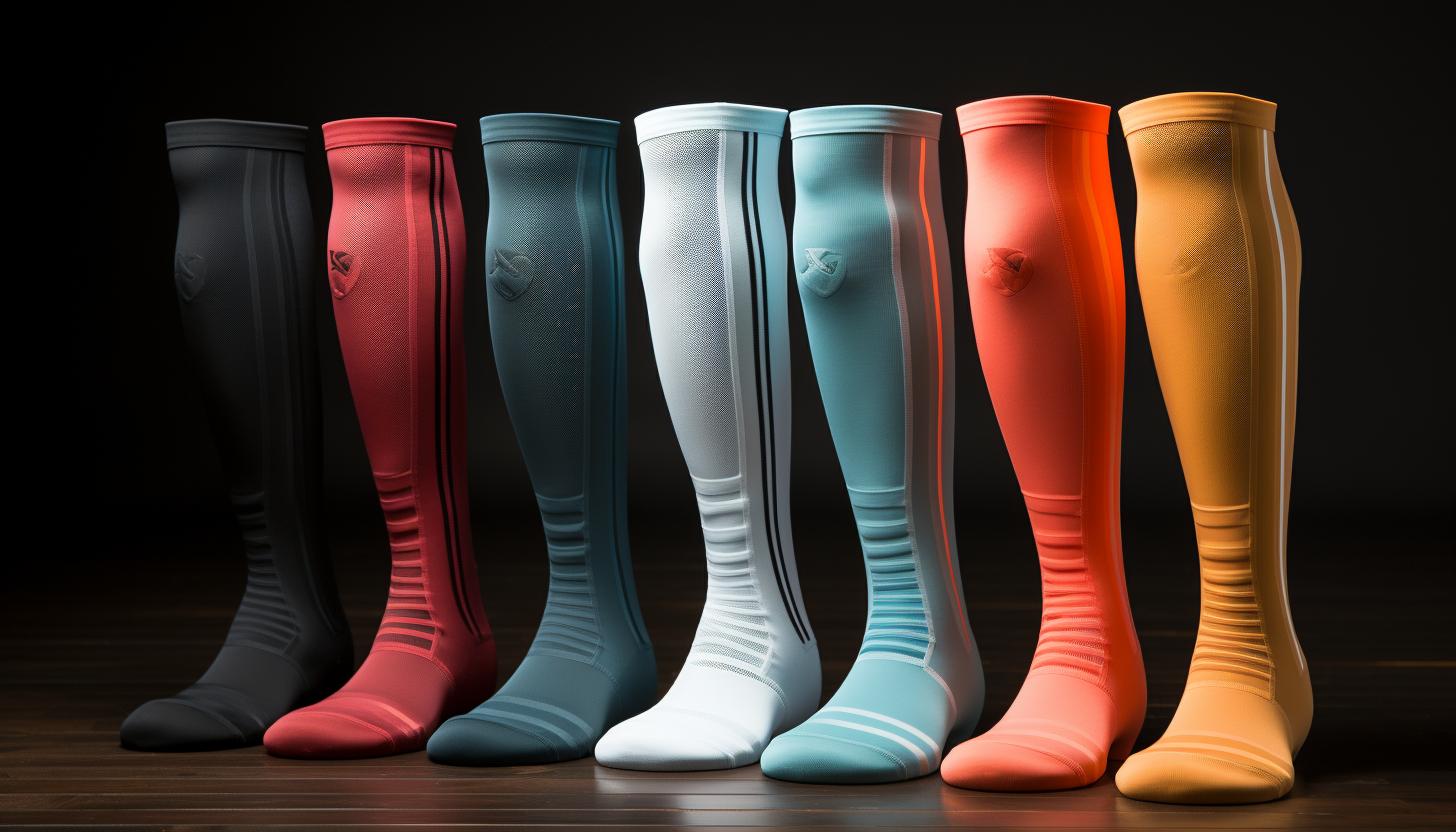
There are different types of compression sleeves available for calf support. When it comes to choosing the right one, understanding the various materials used and the best brands can make all the difference in effectiveness and comfort.
Compression sleeves for calf support are typically made from a variety of materials, such as nylon, spandex, or a combination of both. Nylon is known for its durability and flexibility, while spandex provides excellent elasticity. Some brands even incorporate innovative fabrics like moisture-wicking or antibacterial properties to enhance performance and reduce odor.
When looking for the best brand for calf support, several options stand out. One popular choice is CEP Compression Sleeves due to their high-quality construction and medical-grade compression levels. Another top brand is Zensah Compression Sleeves, known for their seamless design that prevents chafing and irritation during intense activities.
Understanding the benefits of compression sleeves for calf support is crucial in making an informed decision about which type to choose. These sleeves work by improving blood circulation to reduce muscle fatigue and soreness during physical activity. They also provide added stability and support to prevent injuries like shin splints or muscle strains.
Understanding the Benefits of Compression Sleeves for Calf Support
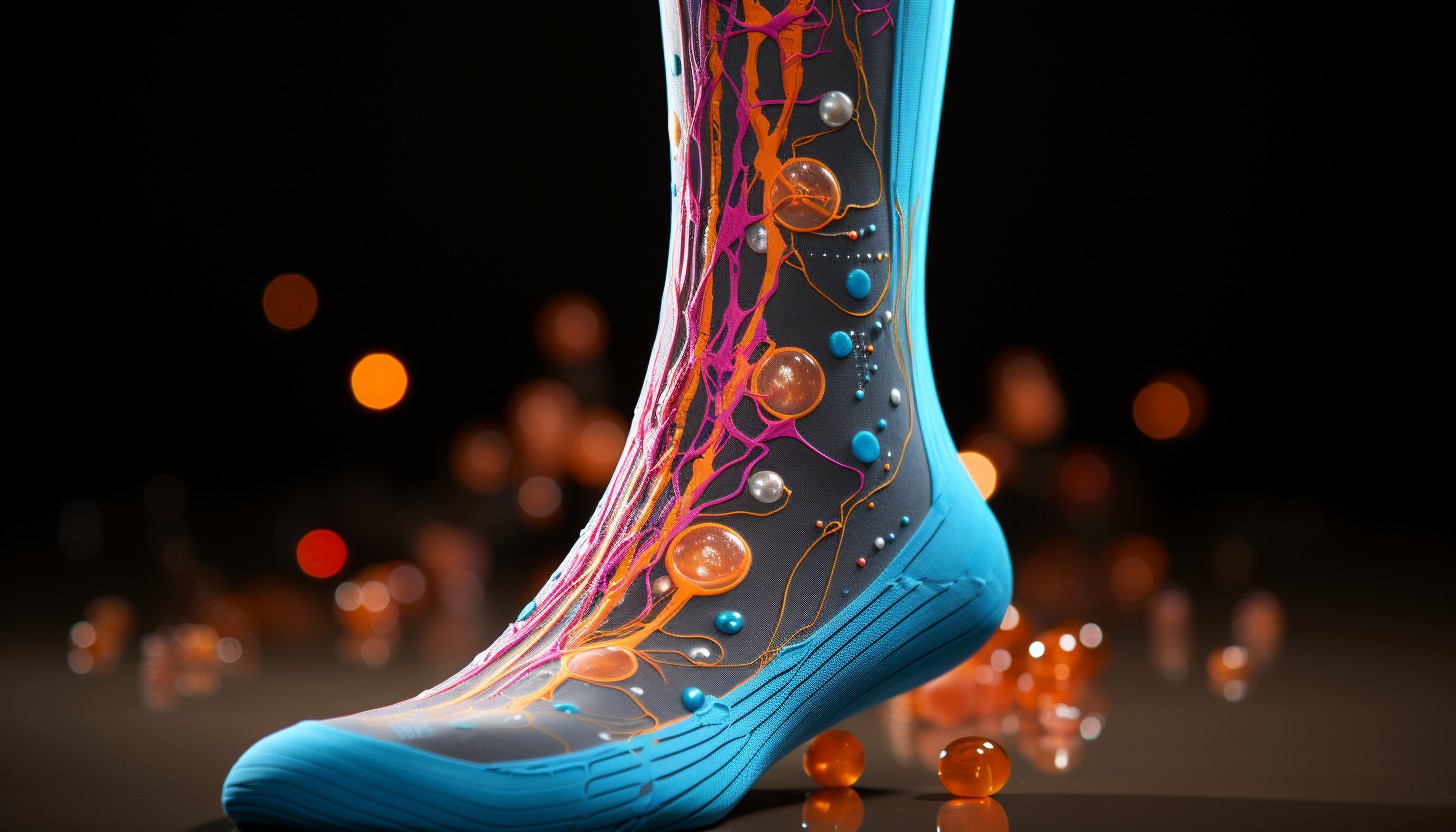
Understanding the benefits of wearing compression sleeves for calf support can greatly improve your athletic performance and aid in injury prevention. Proper calf support during exercise is essential, as it helps stabilize the muscles and reduces fatigue.
One common misconception about compression sleeves for calf support is that they restrict blood flow to the area. However, research has shown that these sleeves actually improve blood circulation by enhancing venous return and reducing muscle vibration.
Compression sleeves work by providing graduated compression, which means they exert more pressure at the ankle and gradually decrease towards the calf. This compression helps increase oxygen delivery to the muscles while removing metabolic waste products, such as lactic acid. This not only enhances endurance but also reduces muscle soreness and cramping post-exercise.
Another benefit of wearing compression sleeves is their ability to reduce swelling and inflammation. The gentle pressure applied by the sleeve helps prevent fluid accumulation in the lower legs, reducing discomfort and promoting faster recovery.
Additionally, compression sleeves offer added stability to your calves during high-impact activities like running or jumping. They provide a snug fit that supports your muscles and tendons, reducing the risk of strains or tears.
Factors to Consider When Choosing Compression Sleeves for Calf Support
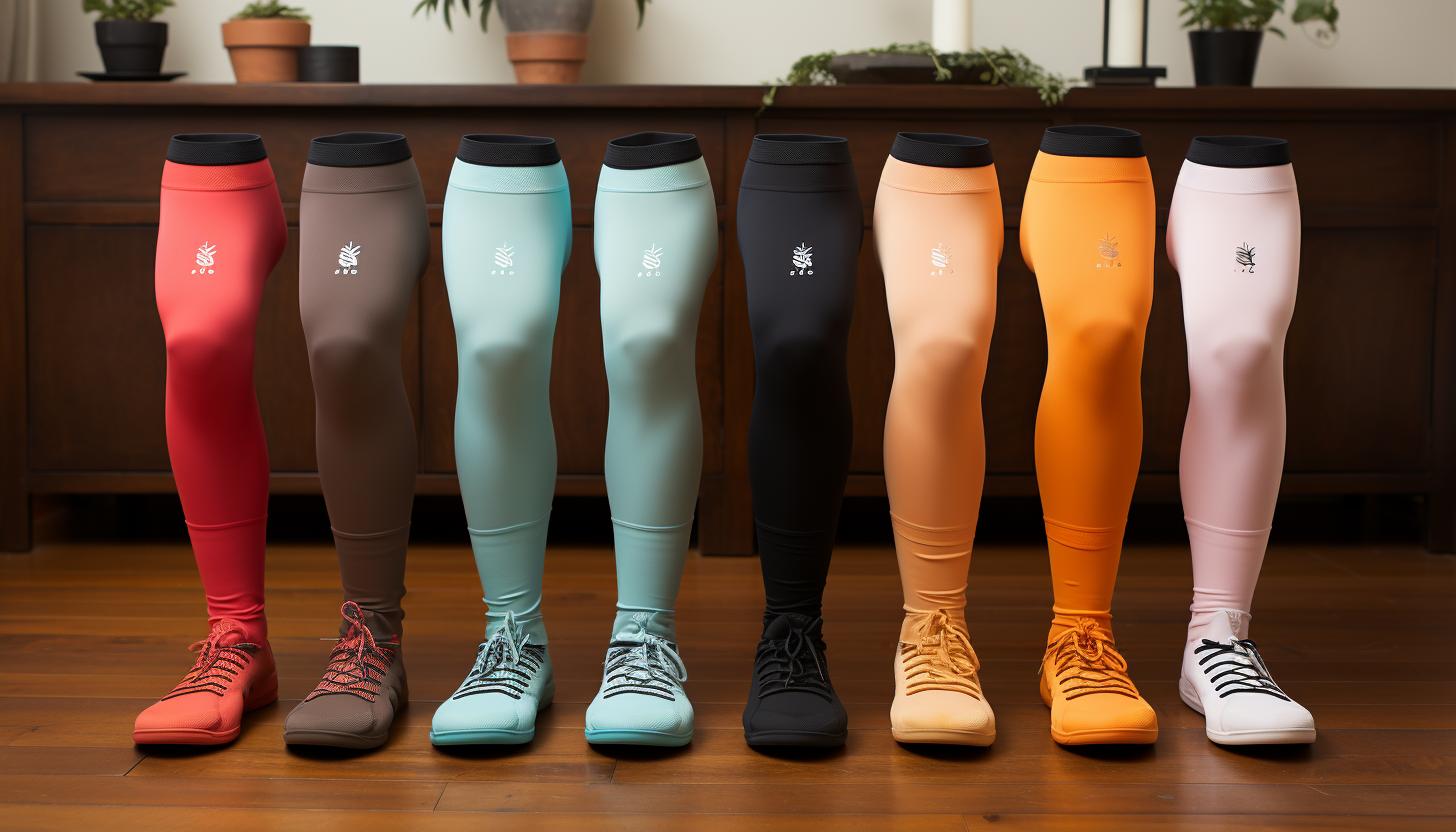
When looking for the perfect compression sleeves, it’s important to consider factors such as size, material, and level of compression.
One of the key factors to consider is choosing the right size. Compression sleeves that are too tight can restrict blood flow and cause discomfort, while those that are too loose may not provide adequate support. To determine the correct size, you should measure the circumference of your calf at its widest point. This will ensure a proper fit and optimal performance.
In addition to size, it’s crucial to consider the material of the compression sleeves. Most commonly, compression sleeves are made from a blend of nylon and spandex which provides flexibility and durability. However, some people may have allergies or sensitivities to certain materials, so it’s essential to choose one that suits your needs.
The level of compression is another significant factor when selecting compression sleeves for calf support. The pressure exerted by the sleeve helps improve circulation and reduces muscle fatigue during physical activity. It’s recommended to choose a sleeve with graduated compression that is tighter at the ankle and gradually decreases towards the knee or thigh.
How to Properly Measure for Compression Sleeves for Calf Support
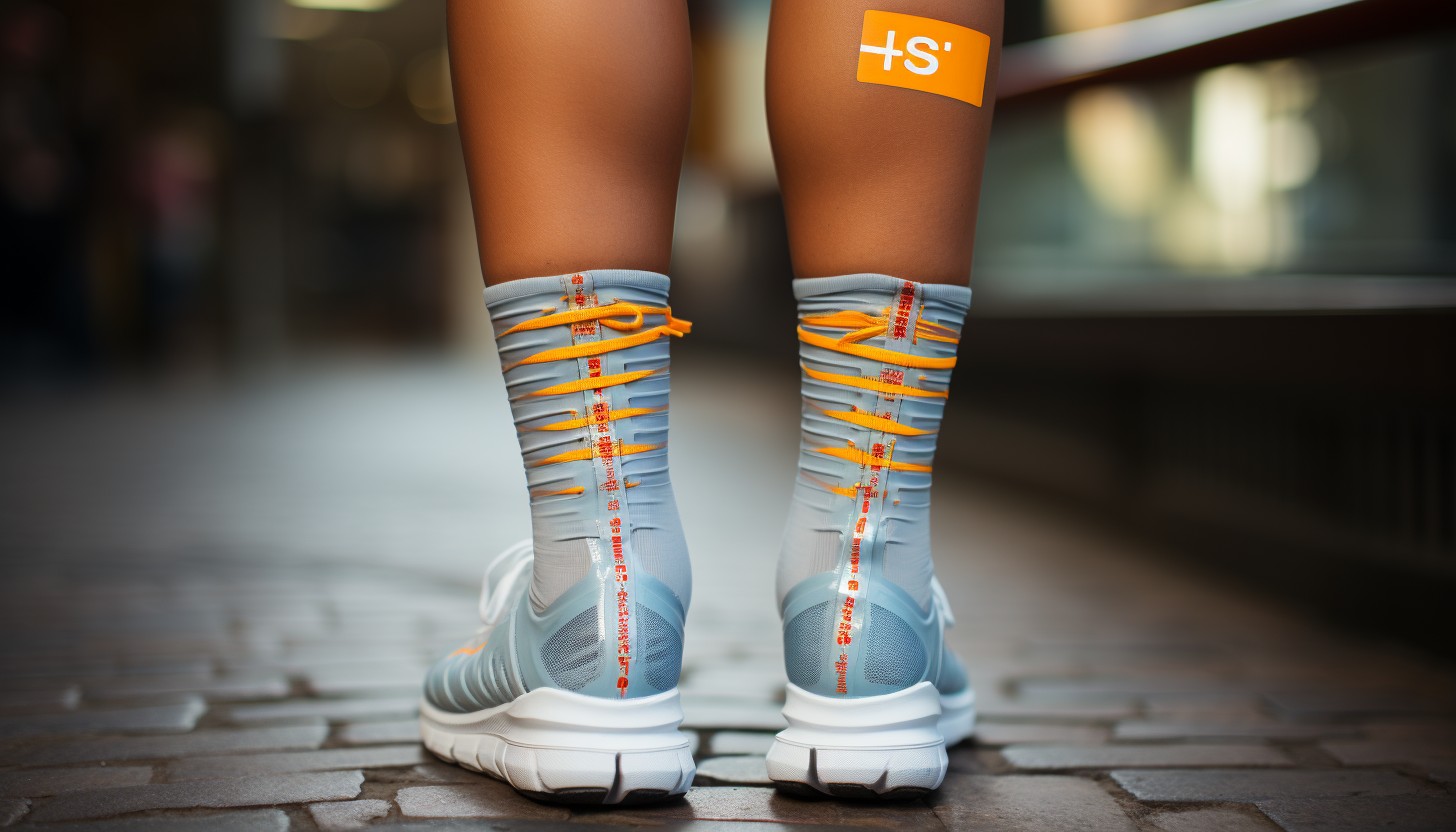
To properly measure for your compression sleeves, start by wrapping a measuring tape around the widest part of your calf. This is crucial for achieving proper sizing and ensuring maximum support and comfort during your workouts or recovery periods.
The common mistake many people make is underestimating the importance of accurate measurements, leading to ill-fitting compression sleeves that don’t provide the desired benefits.
When measuring, it’s important to ensure that the tape is snug but not too tight around your calf. Take note of the measurement in inches or centimeters and refer to the size chart provided by the manufacturer. Each brand may have slightly different size ranges, so it’s essential to consult their specific guidelines for accurate sizing.
Another common mistake is guessing or assuming your size based on shoe size or clothing measurements. Compression sleeves are designed to be tight-fitting, so relying on general sizing can result in sleeves that are either too loose or too tight.
Tips for Finding the Perfect Fit in Compression Sleeves for Calf Support
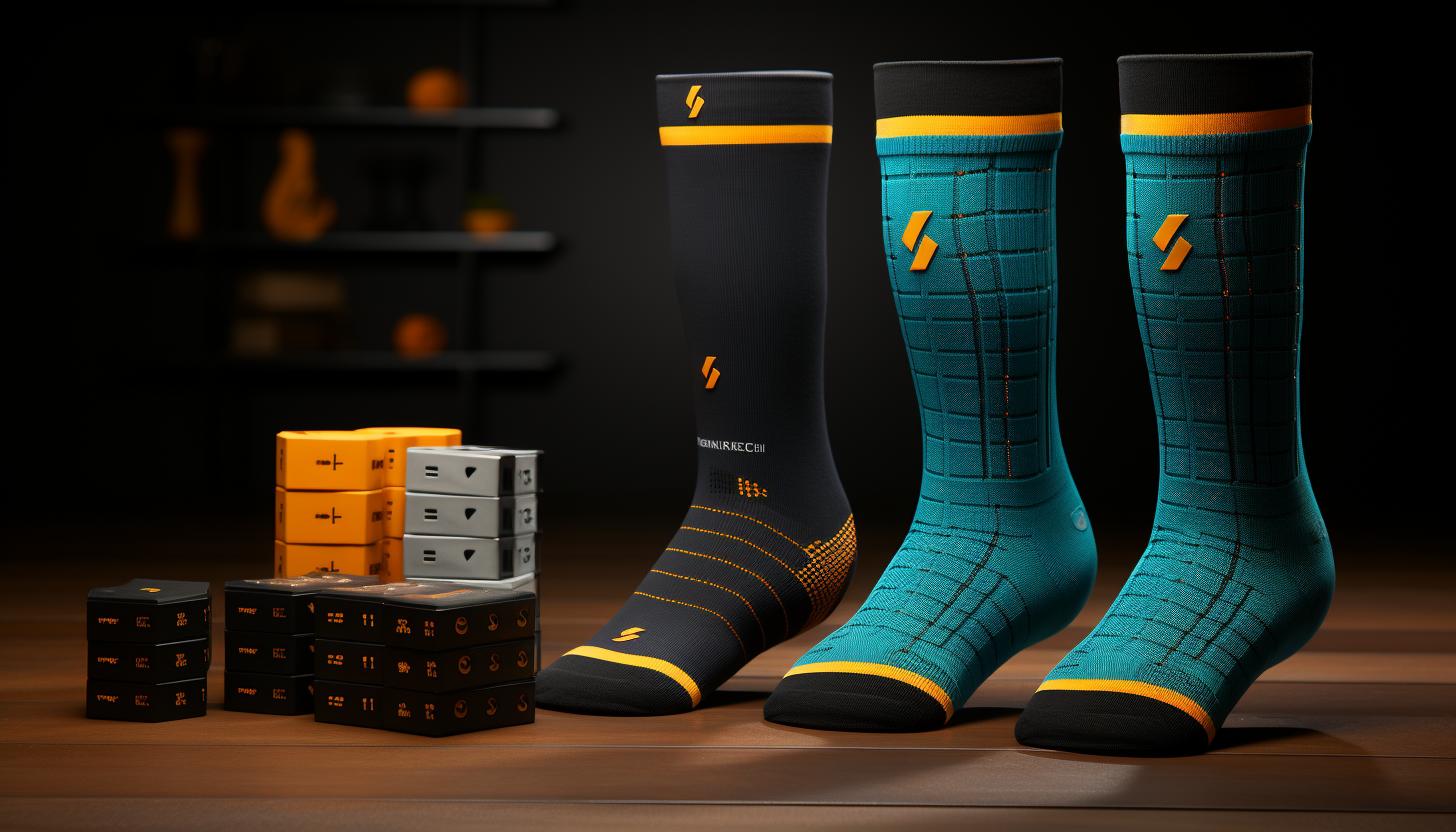
Make sure you measure your calf at the widest part and consult the manufacturer’s size chart to find the perfect fit for your compression sleeves. Proper sizing is crucial when it comes to choosing compression sleeves for calf support.
The sleeve material plays a significant role in providing the right level of compression and support, but if the size is incorrect, it can result in discomfort and ineffective results.
Compression sleeves are typically made from a blend of materials such as spandex, nylon, or polyester. These materials offer elasticity and durability while maintaining breathability for optimal comfort during activities. However, even with high-quality materials, if the sizing is not right, it can lead to limitations in movement and inadequate compression levels.
Finding the perfect fit involves accurately measuring your calf circumference at its widest point. This measurement will help determine which size range you fall into on the manufacturer’s size chart. It is essential to follow these guidelines as each brand may have slight variations in their sizing recommendations.
Wearing properly sized compression sleeves ensures that they provide adequate pressure to promote blood circulation and reduce muscle fatigue. Additionally, a proper fit prevents excessive squeezing or slipping of the sleeves during physical activity.
Investing time in measuring your calf correctly and consulting the manufacturer’s size chart will help you find compression sleeves that offer maximum benefits based on their design and intended purpose. Remember that each person’s body shape varies; therefore, taking accurate measurements is crucial for finding the perfect fit that suits your needs best.
Conclusion
In conclusion, finding the right compression sleeves for calf support is crucial for your performance and recovery. These sleeves come in various types, each offering different benefits such as improved blood circulation and reduced muscle fatigue.
When choosing, consider factors like material, fit, and level of compression. Measure your calf properly to ensure a perfect fit that provides maximum support.
Remember, just as the compression sleeves wrap around your calves, they symbolize the embrace of comfort and protection during your physical activities. So choose wisely, and let these sleeves be your loyal companions on your fitness journey!

